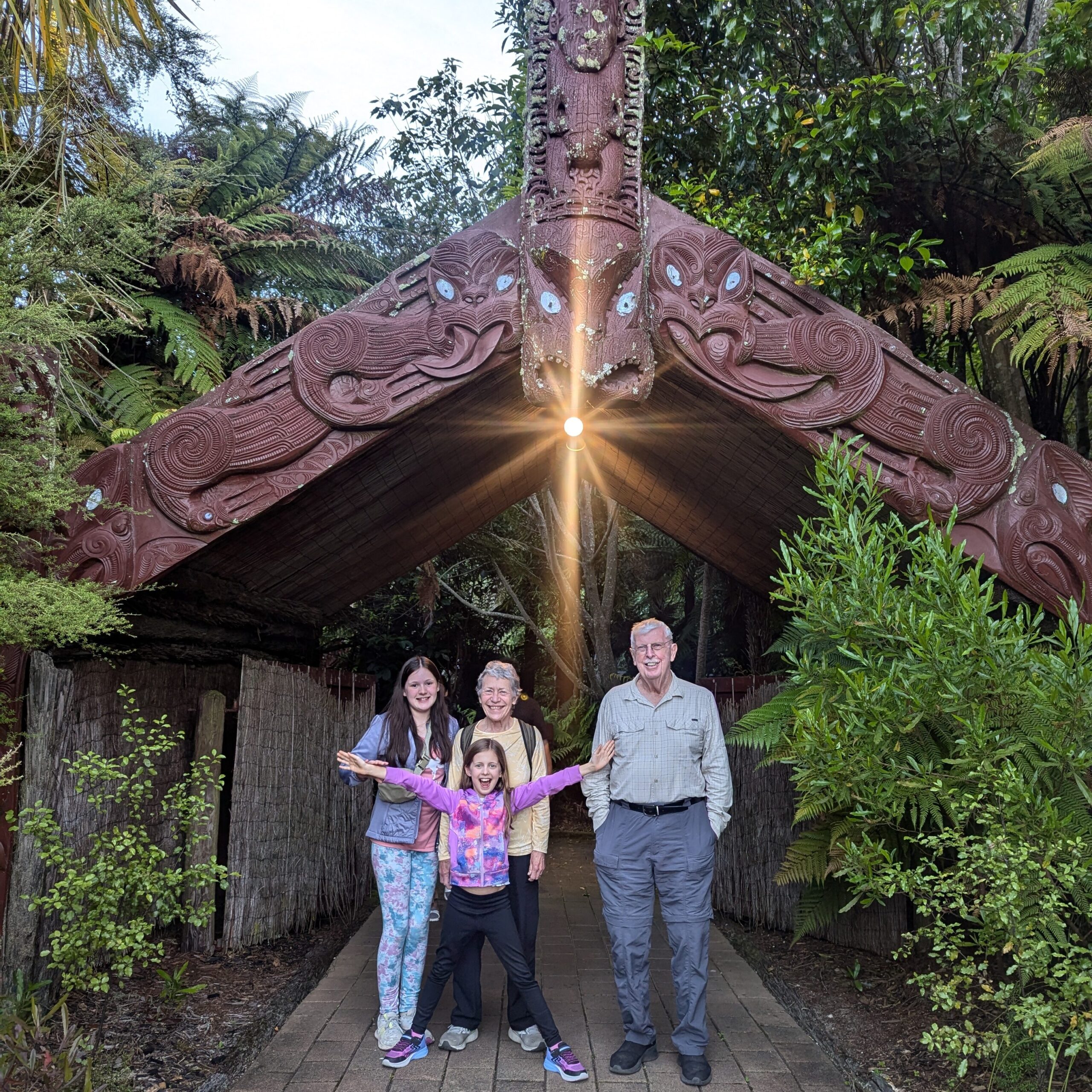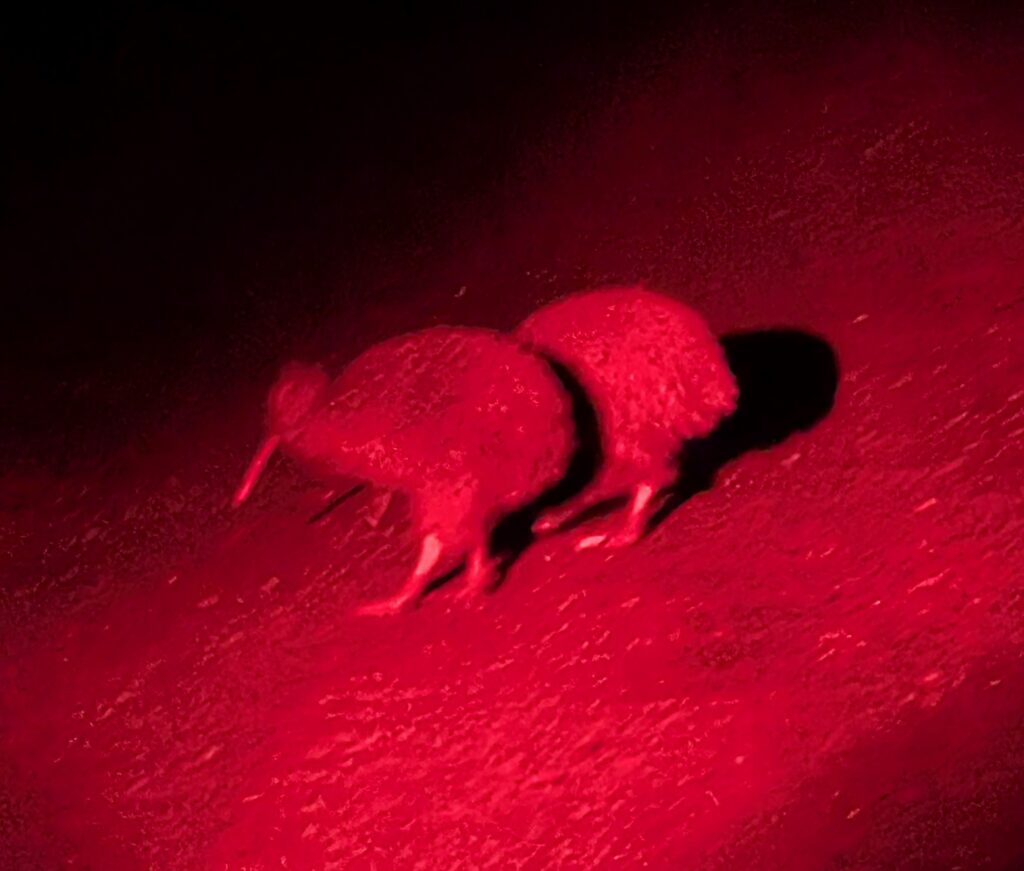My last series of posts in emptynestbirder.com covered 10 days of birding in Ghana in
January 2024. In late November, 2024 I went to New Zealand with five family members. I spent time primarily in areas where endemic bird families of New Zealand could be found. I wanted to see one species in each of the 6 bird families endemic to (i.e., found only in) New Zealand.
A bit of history is helpful to understanding New Zealand and its birds. There have been
2 main theories about the origins of New Zealand as a landmass. Until recently, the
predominant theory was that New Zealand separated from Gondwana, the super-continent, when it broke up many millions of years ago. Recent evidence has tilted toward a different theory: that New Zealand was created as a result of eruptions of volcanos under the ocean over many millions of years. Either way, New Zealand has been isolated from other land masses for many millions of years. During those millions of years birds populated the islands but not mammals (other than 2 species of bats). In the course of millions of years some of the birds evolved to become unable to fly, and many others lost their ability to cope with mammalian predators.

Until man arrived. The Maori people from Polynesia arrived in New Zealand around 800
AD, just a minute of time ago, if I may indulge a bit of possible hyperbole. They brought with them animals that found easy pickings of creatures that could not fly, as well as flying birds that had lost their defenses against predators. They hunted to extinction the largest flightless bird known to history, the Moa. Then about 600 years later, just a minute in time, European navigators discovered New Zealand and soon people came by the hundreds of thousands from the British Isles seeking a better life. With them, or earlier with the Maori, came rats, mice, pigs, and ultimately, Australian Possums, stoats, cats, and other mammalian predators. The endemic bird families suffered a sharp decline. In the past 100 years or so, New Zealanders of both heritages recognized that saving these endemic families was an important challenge. And so, off-shore islands and other obstacles to predators have been created and maintained and there is reason to hope that the endangered families can be saved.
I refer to bird families. Typically and historically, birders have sought out species. There
are about 250 bird families and over 11,000 bird species. As my twilight years have grown numerous, I have lost my desire to see more than 4,000 species (now about 3,960) but I still hope to maximize the number of bird families that I have seen. Ghana provided 6 new families for me. New Zealand had promise of 6 more: Kiwis (4 species), New Zealand Parrots (3 species), New Zealand Wrens (2 species), New Zealand Wattlebirds (3 species) , Whiteheads (3 species) and Stitchbirds (only 1 specie). No other place in the world could come close to 6 new families for me.
My first new family was a Kiwi at Zealandia in Wellington where Adam and I saw several during a night walk. A Little Spotted Kiwi to be exact. Shortly thereafter I bailed out of a night walk for Brown Kiwis on Stewart Island, where the other 5 of my family saw and got really good pictures of 2 or 3 Brown Kiwis on video, which follows. Since Kiwis are nocturnal, the time to see them outside their burrows is at night with only a small red light. The red light allows humans to view the Kiwi without disturbing them because Kiwis’ eyes do not have the receptors to see red light. Be sure to have your volume ready for the eerie sound:

Meanwhile, I left Stewart Island, flew to Auckland, and from Auckland to Whangarei and Tutukaka, where I had arranged to join a pelagic tour sponsored by the Petrel Station Seabird Tours. The oceans around New Zealand are famous for their seabirds and I did not want to miss the chance to see them. That will be covered in my next installment.
